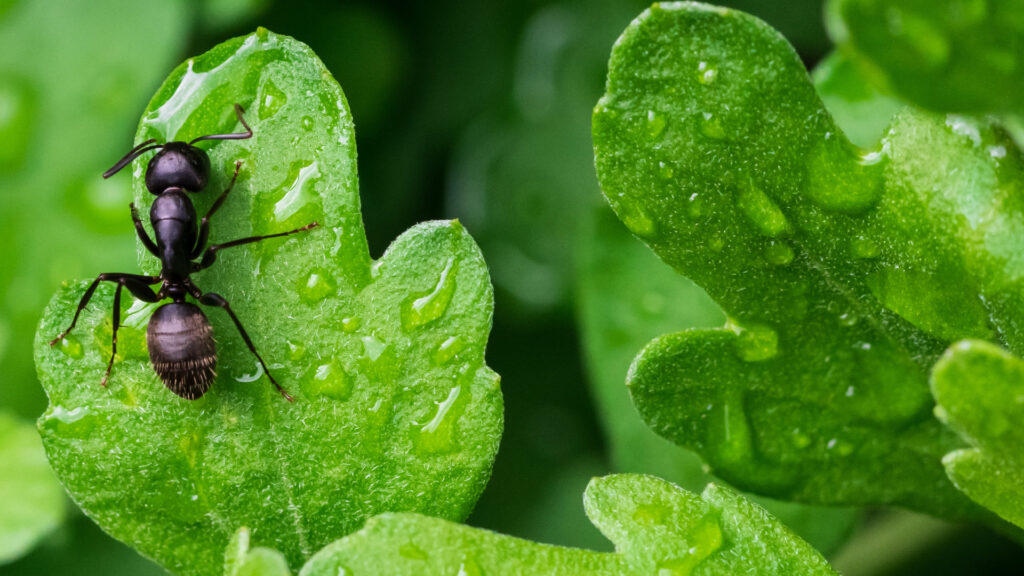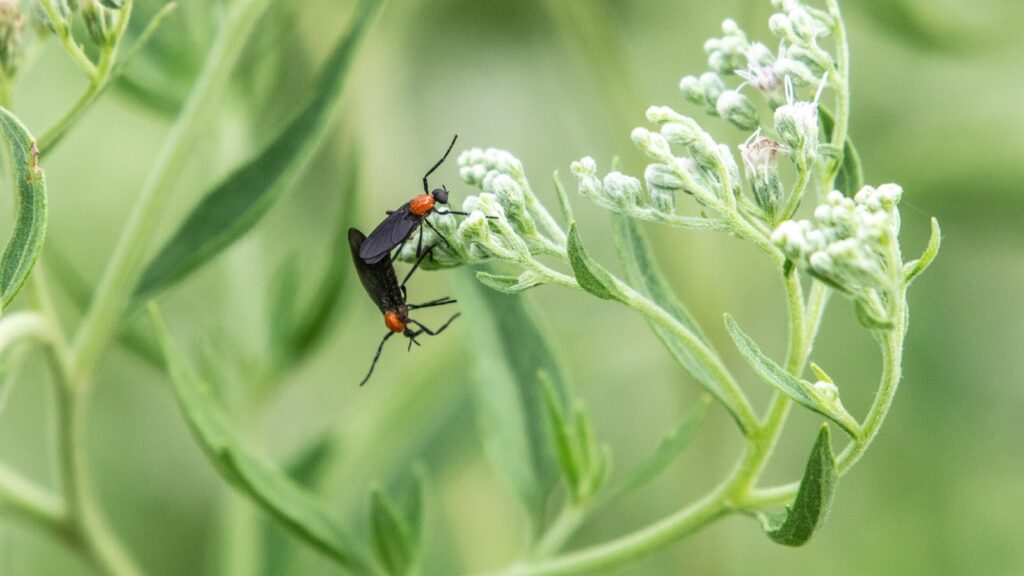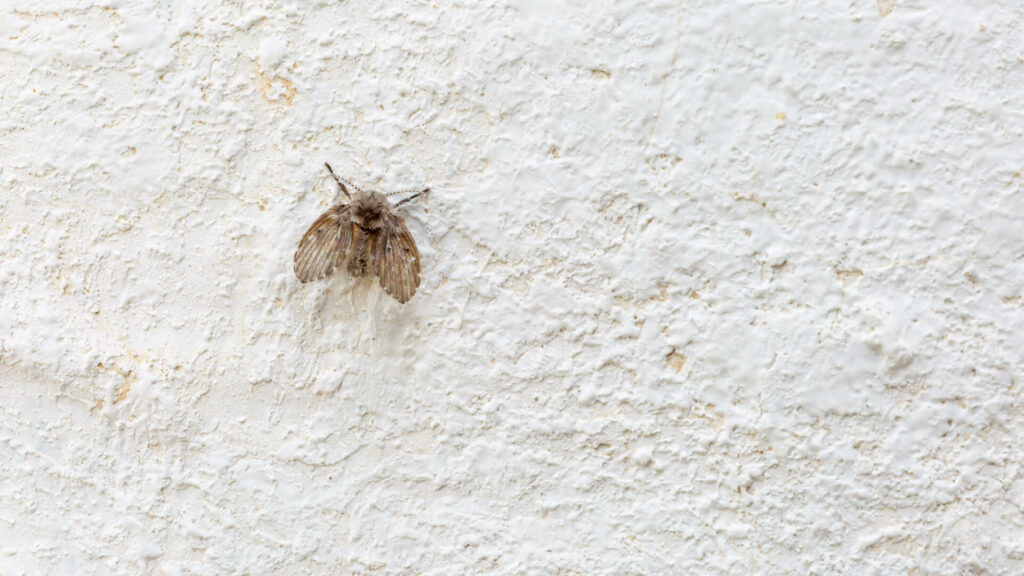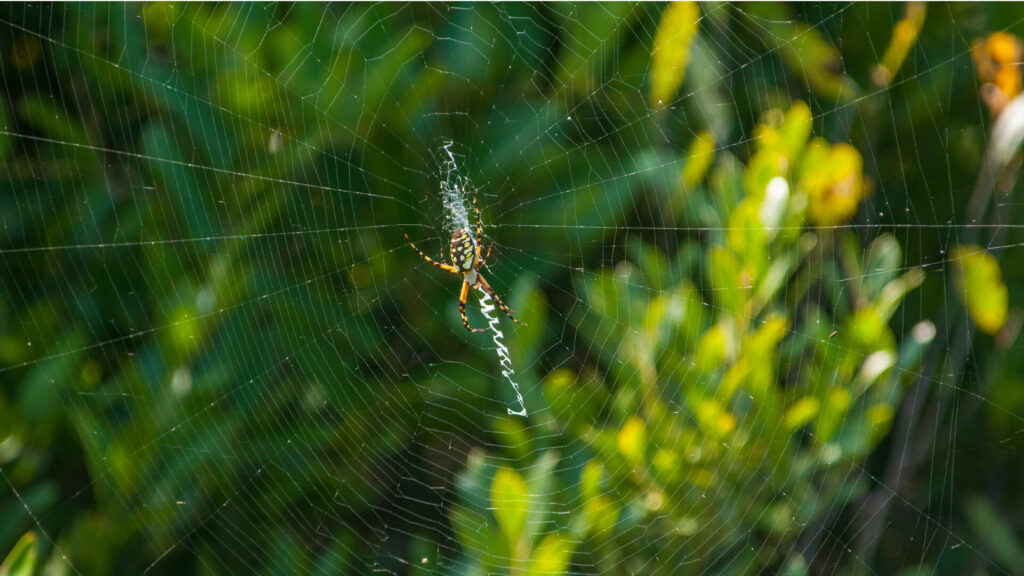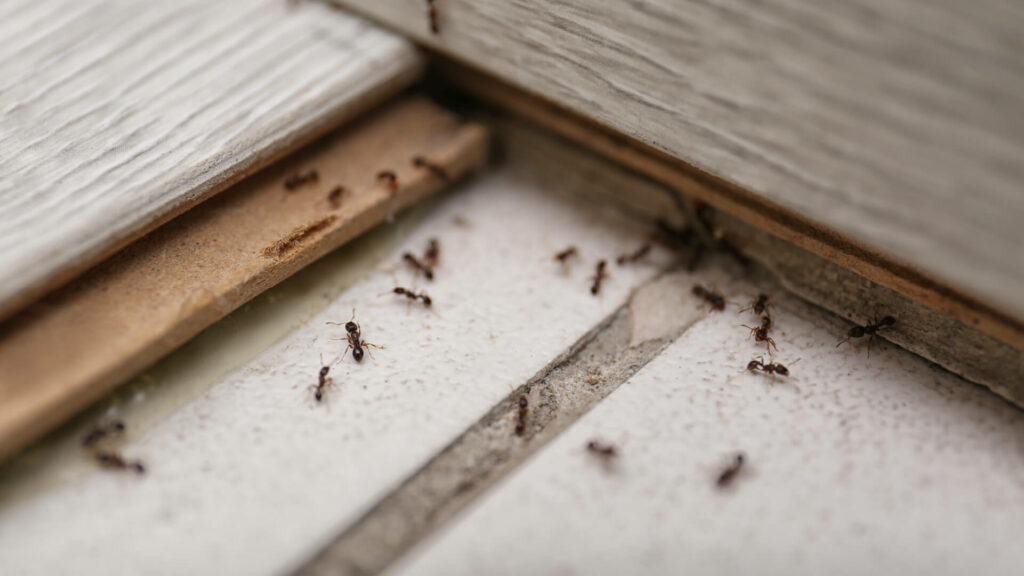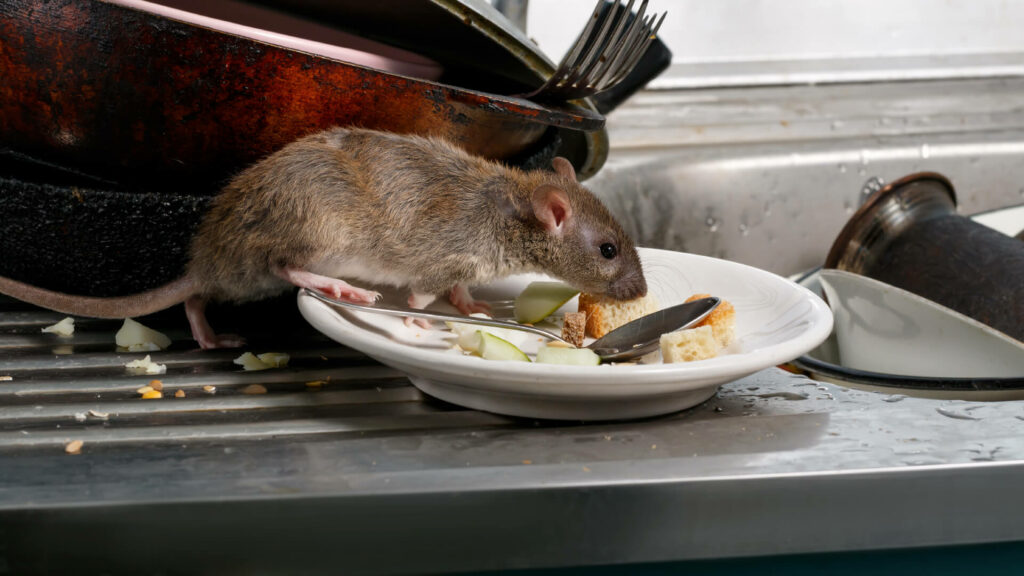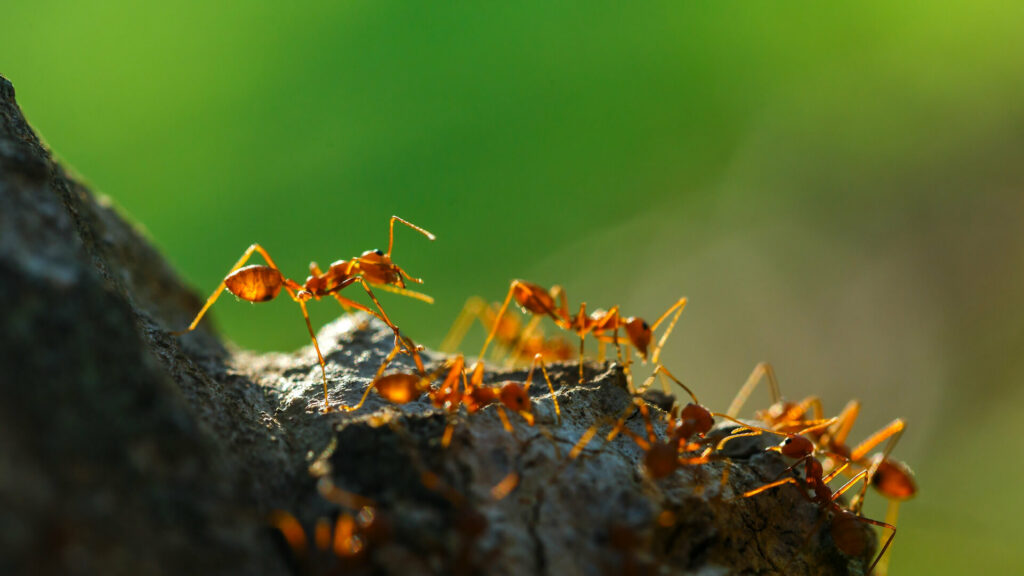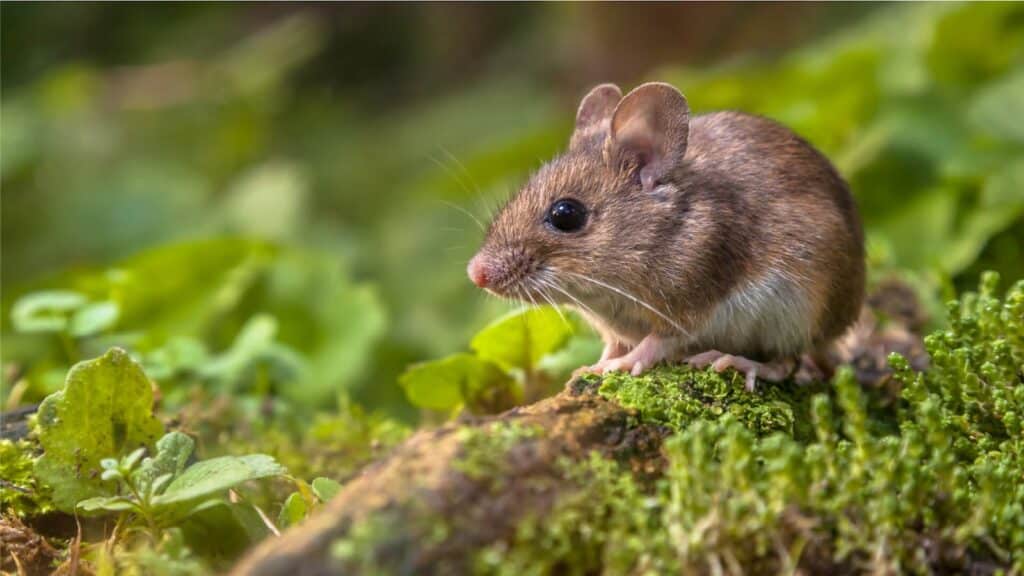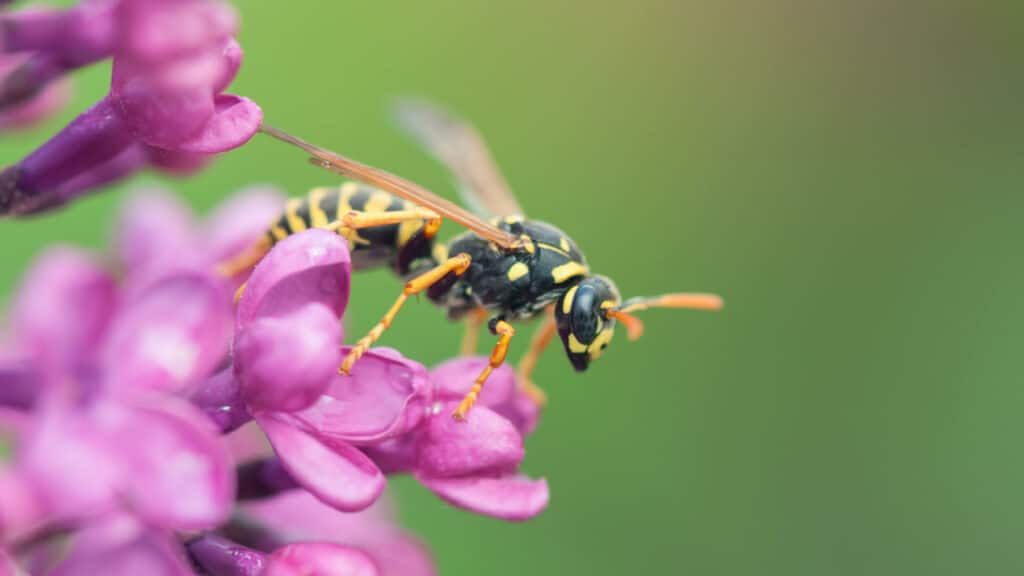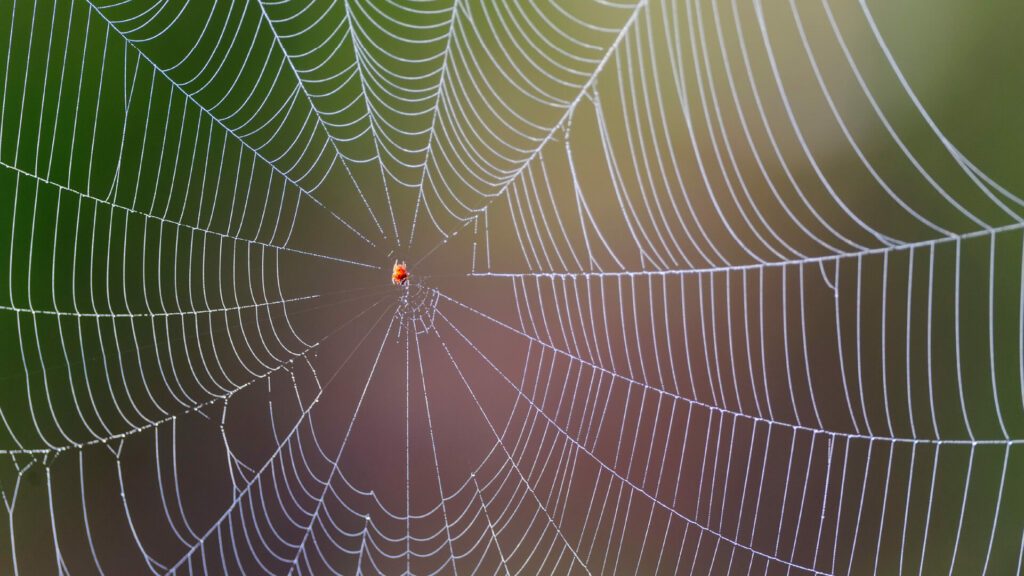Flying ants, those winged insects that often cause a frenzy when they take to the skies, are not just your average ants. While they may resemble termites at first glance, flying ants are actually reproductive ants that play a vital role in the life cycle of ant colonies. These female and male ants with wings can be found in various parts of the world, swarming during what is commonly referred to as “flying ant day.”
Unlike their non-flying counterparts, flying ants have distinct differences such as longer antennae and a more robust body structure. Their presence typically indicates the existence of a mature ant colony nearby. These swarms of flying ants serve as nature’s way of ensuring the reproduction and expansion of ant species.
Understanding Flying Ant Behavior
Flying ants, known for their nuptial flights, exhibit interesting behavior patterns that are influenced by various environmental factors. These winged insects emerge during specific times of the year to mate and establish new colonies. Let’s delve into the behavior of flying ants and gain a better understanding of their fascinating habits.
Emergence During Nuptial Flights
Flying ants typically take part in nuptial flights, which occur at specific times determined by environmental cues such as temperature and humidity. During these flights, male and female flying ants leave their nests to mate with individuals from other colonies. This process helps in promoting genetic diversity within ant populations.
Attraction to Light Sources
One peculiar behavior of flying ants is their attraction to light sources. They can be drawn towards artificial lights, such as those found in homes or other structures. This phenomenon often leads to the intrusion of flying ants into indoor spaces, causing annoyance for homeowners. It’s important to seal any gaps or cracks in windows and doors to hinder these insects from entering your home.
Life Cycle After Mating
After mating, male flying ants have a short lifespan and die shortly after fulfilling their reproductive duties. On the other hand, female flying ants shed their wings after mating and become queens of new colonies. These queen ants then search for suitable nesting sites where they establish their own colonies and start laying eggs.
Environmental Influences on Behavior
The behavior of flying ants is greatly influenced by environmental factors such as temperature, humidity, and availability of food sources. For instance, warm weather with high humidity levels triggers the emergence of nuptial flights as it provides favorable conditions for successful reproduction.
The availability of food sources plays a crucial role in determining the behavior of these insects. Flying ants are omnivorous creatures that feed on a variety of substances including nectar, honeydew produced by aphids, and even small insects. The presence of abundant food sources in an area can lead to higher ant activity and larger colonies.
Differences: Flying Ants vs Termites


Constricted Waist and Wing Size
Flying ants and termites may look similar at first glance, but there are some key differences that set them apart. One noticeable difference is the constricted waist between the thorax and abdomen in flying ants, while termites do not have this feature. Another distinguishing factor is the size of their wings. The front pair of wings on flying ants is larger than the hind pair, creating a noticeable contrast in size. In contrast, termite wings are all equal in size.
Antennae Shape
Another way to differentiate between flying ants and termites is by examining their antennae. Flying ants have elbowed antennae, which means they have a bend or curve in them. On the other hand, termites have straight antennae without any bends or curves.
Feeding Habits
While both flying ants and termites can be a nuisance, their feeding habits differ significantly. Termites primarily feed on wood, making them notorious for causing structural damage to buildings and homes. However, flying ants do not feed on wood like termites do. Instead, they focus on finding mates during their mating flights.
Termite Swarmers
Termite swarmers, or alates, play a crucial role in starting new termite colonies. These reproductive individuals emerge from established termite colonies during specific times of the year when temperatures are right for mating and colony expansion.
- Termite swarmers typically have two pairs of equal-sized wings.
- They are responsible for finding a mate from another colony to establish new nests.
- Once paired up with a mate, they shed their wings and begin constructing a new termite colony.
Flying ants also participate in mating flights, but do not serve the same function as termite swarmers:
- Flying ant mating flights are usually triggered by favorable weather conditions.
- The purpose of these flights is for the winged ants to mate and start new ant colonies.
- After mating, the male ants die, while the fertilized females shed their wings and begin establishing their own colonies.
Identifying Flying Ant Infestations
If you’ve been noticing some winged insects buzzing around your home, you might be dealing with a flying ant infestation. But how can you be sure? Let’s dive into some key indicators that can help you identify whether or not these pesky critters have taken up residence in your space.
Discarded Wings: A Telling Sign
One common sign of a flying ant infestation is the presence of discarded wings near windowsills or other entry points. After their nuptial flight, female ants shed their wings as they search for suitable nesting sites. So if you come across a pile of tiny wings, it’s likely that a swarm of flying ants has recently invaded your home.
Insects Galore: A Clear Warning
Another clear indication of a possible flying ant infestation is the sight of numerous winged insects indoors. If you find yourself swatting away these critters in large numbers, it’s time to suspect an unwelcome ant invasion. Keep an eye out for these pests congregating around light sources or crawling on walls and ceilings.
Worker Ant Trails: Pointing to an Established Colony
Trails or lines of worker ants moving back and forth between food sources and nest sites are strong evidence of an established colony nearby. These industrious little creatures leave behind pheromone trails as they go about their business, creating visible pathways for other members of the colony to follow. So if you spot a procession of ants marching along your kitchen counter or floor, it’s highly likely that there’s a nest nearby.
Excavated Soil Mounds: Queens on the Move
Finding small piles or mounds of excavated soil near cracks or crevices can suggest that flying ant queens are busy establishing new colonies. As they burrow into the ground to lay their eggs and start fresh colonies, these queens displace soil from beneath the surface, creating telltale signs of their presence. So if you stumble upon tiny piles of soil near potential entry points, it’s a strong indication that flying ants are looking to make themselves at home.
To sum it up, identifying a flying ant infestation involves keeping an eye out for discarded wings, large numbers of winged insects indoors, worker ant trails, and small mounds of excavated soil. By being aware of these signs, you can take prompt action to address the issue and limit further infestations.
Remember, proactive protection is key. Keep your living spaces clean and tidy, seal any cracks or crevices that may serve as entry points for these insects, and consider seeking professional pest control if the infestation becomes unmanageable.
So the next time you see a swarm of winged invaders in your home, don’t panic! Take a moment to identify the signs and take appropriate measures to regain control over your space.
Limiting Flying Ants Inside Your Home
To keep those pesky flying ants from invading your home, you need to take some proactive measures. Here are some effective ways to keep them at bay:
Seal Cracks and Gaps
Inspect your windows, doors, and foundations for any cracks or gaps that can serve as entry points for flying ants. Seal them up using caulk or weatherstripping to create a barrier that hinders these pests from getting inside.
Store Food Securely
Flying ants are attracted to food sources, so it’s essential to store your food securely in airtight containers. This will not only impede the ants from accessing the food but also reduce enticing odors that might attract them.
Clean Up Spills and Crumbs
Regularly clean up spills and crumbs around your home, especially in the kitchen and dining areas. Flying ants are foragers, and even the tiniest crumbs can be an invitation for them to explore further. By keeping your living spaces clean, you remove their potential food sources.
Install Window Screens
Installing screens on your windows is an effective way to limit flying ants from gaining access indoors. These screens act as a physical barrier that keeps the pests out while still allowing fresh air to circulate freely in your home.
Use a Vacuum Cleaner
If you spot any flying ants inside your home, grab your trusty vacuum cleaner! Suck up those little insects with the nozzle attachment and dispose of them outside immediately. This method helps you quickly remove individual ants.
Taking these proactive measures will reduce the chances of encountering flying ants inside your home. By sealing cracks and gaps, storing food securely, cleaning up spills and crumbs promptly, installing window screens, and using a vacuum cleaner when necessary, you’ll create a space that is inhospitable for these unwanted guests.
Remember: proactive pest control is key! It’s much easier to limit flying ants from entering your home in the first place than dealing with a full-blown infestation.
Effective Methods for Flying Ant Control
To effectively control a flying ant infestation, it’s crucial to employ the right methods. Here are some effective strategies you can use to treat these pesky insects.
Locate the Ant Nest and Treat It Directly with an Appropriate Insecticide Labeled for Ant Control
The first step in flying ant removal is locating their nest. Once you’ve identified the nest, using pesticides designed for ants can be effective. Look for a product labeled for ant control and apply it directly to the nest. This will help target and treat the colony at its source.
Pros:
- Directly targets the root of the problem by treating the colony.
- Provides long-lasting results when used correctly.
Cons:
- Requires identifying the exact location of the nest, which may be challenging.
- Care must be taken when handling and applying pesticides.
Use Bait Stations Containing Pesticides Designed for Ants
Another effective method is using bait stations that contain pesticides formulated for ants. These bait stations attract ants, allowing them to carry the substance back to their colony. This method helps reach ants that may not have been directly exposed to pesticides during treatment.
Pros:
- Targets both individual ants and the entire colony.
- Minimizes direct contact with pesticides.
Cons:
- It may take time for all ants in the colony to be affected by bait stations.
- Requires regular monitoring and replenishing of bait stations.
Non-Pesticide Methods like Vacuuming or Using Soapy Water
If you’re dealing with individual flying ants indoors, non-pesticide methods can be effective in controlling them. Vacuuming up these pests or using soapy water can help treat them without resorting to pesticide treatments.
Pros:
- Don’t have to handle or apply pesticides.
- Can be easily done using household items.
Cons:
- May not be a long-term solution for larger infestations.
- Requires a more thorough cleaning for noticeable results.
Consult with a Professional Pest Control Service
For more extensive or persistent flying ant infestations, it’s advisable to consult with a professional pest control service. They have the training, expertise, and tools necessary to handle infestations effectively. A professional can assess the situation, locate the colony, and provide targeted treatments to control the problem.
Pros:
- Experienced professionals can tackle challenging infestations.
- Provides peace of mind knowing that experts are handling the issue.
Cons:
- May involve additional costs compared to DIY methods.
- Requires scheduling and coordinating with professionals.
By employing these effective methods for flying ant removal, you can regain control over your home and reduce these bothersome pests. Remember to choose the method that suits your specific situation best, whether it’s directly treating the nest, using bait stations, non-pesticide approaches, or seeking professional help.

